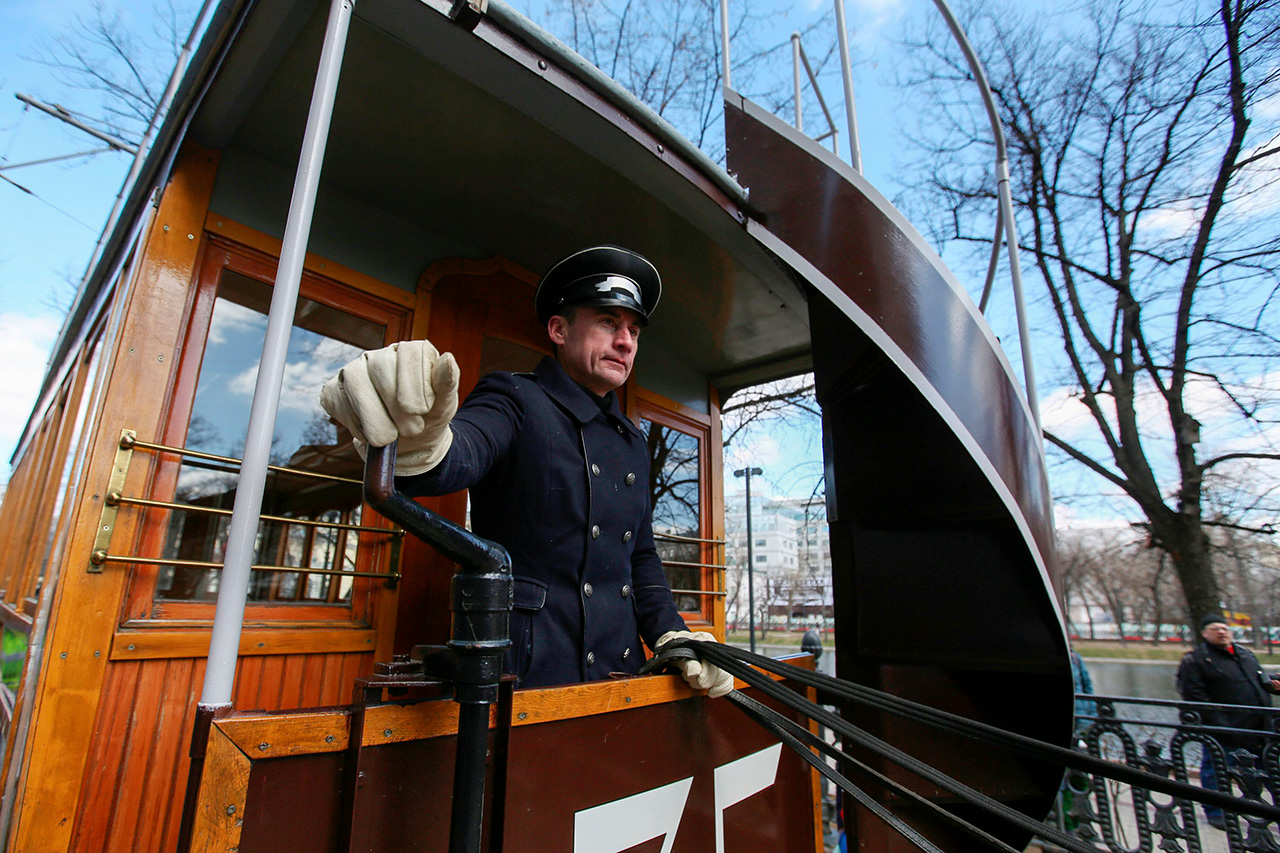
Today, Moscow has 47 tram routes, on which more than 750 trams operate on weekdays.
Kirill Zykov/Moskva agency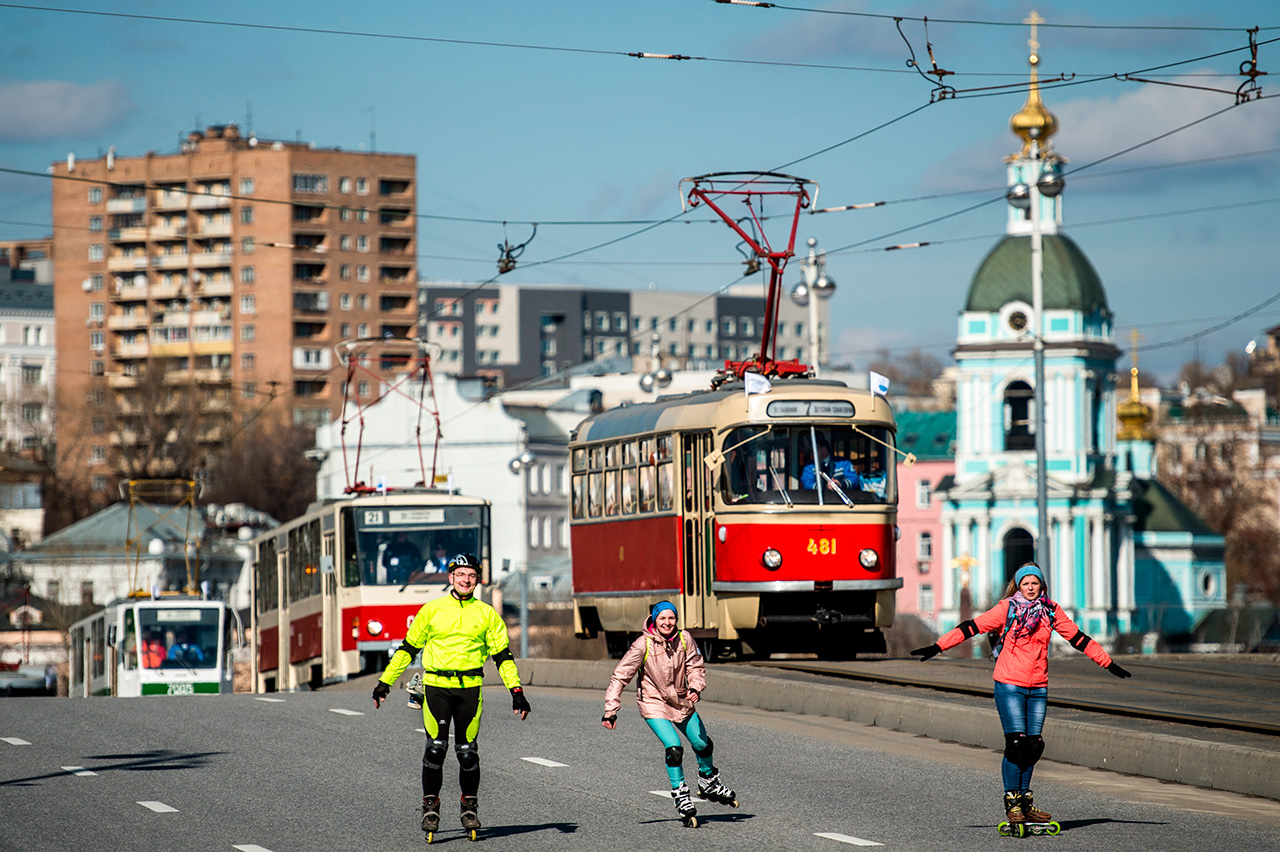
Trams of all ages roll through the center of Moscow.
Evgenya Novozhenina/RIA Novosti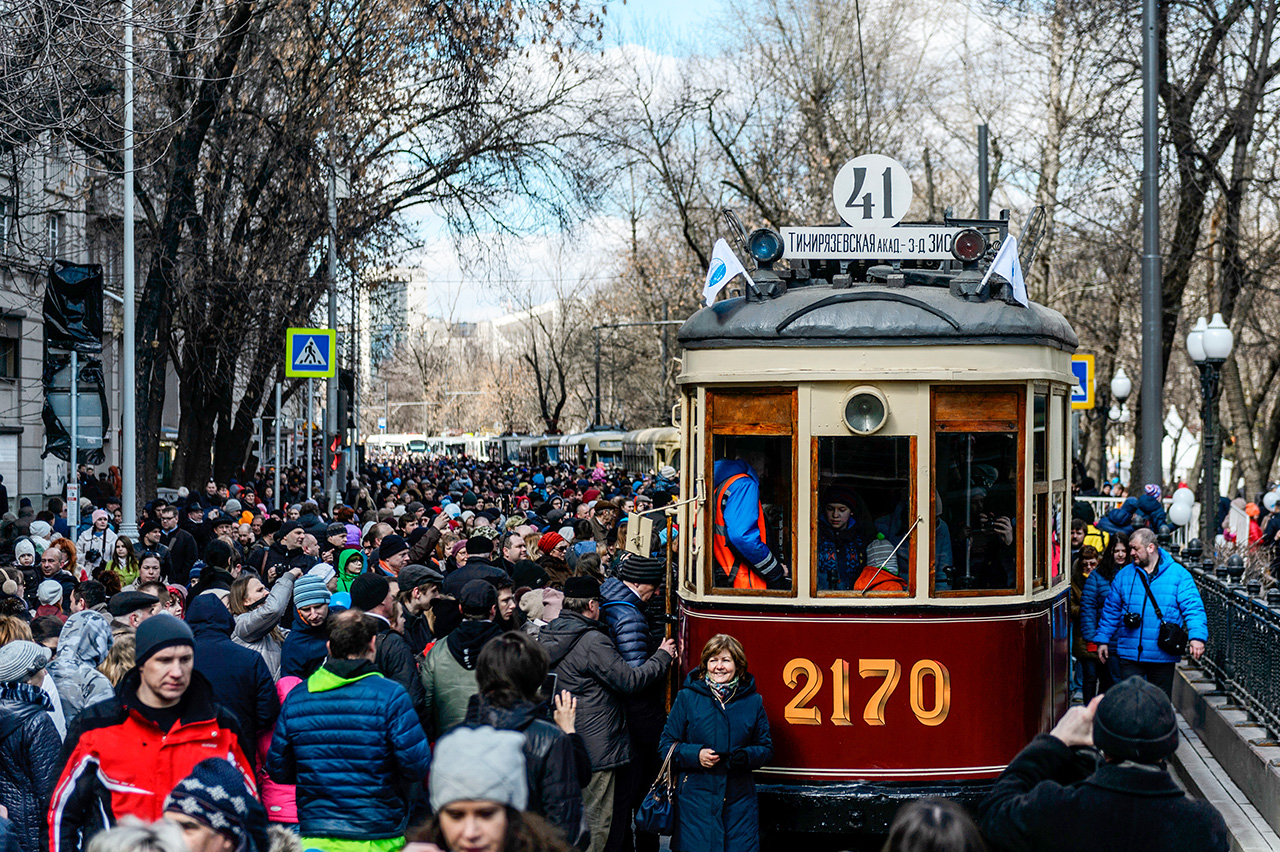
Muscovites get a close-up view of 16 types of retro-trams.
Evgenya Novozhenina/RIA Novosti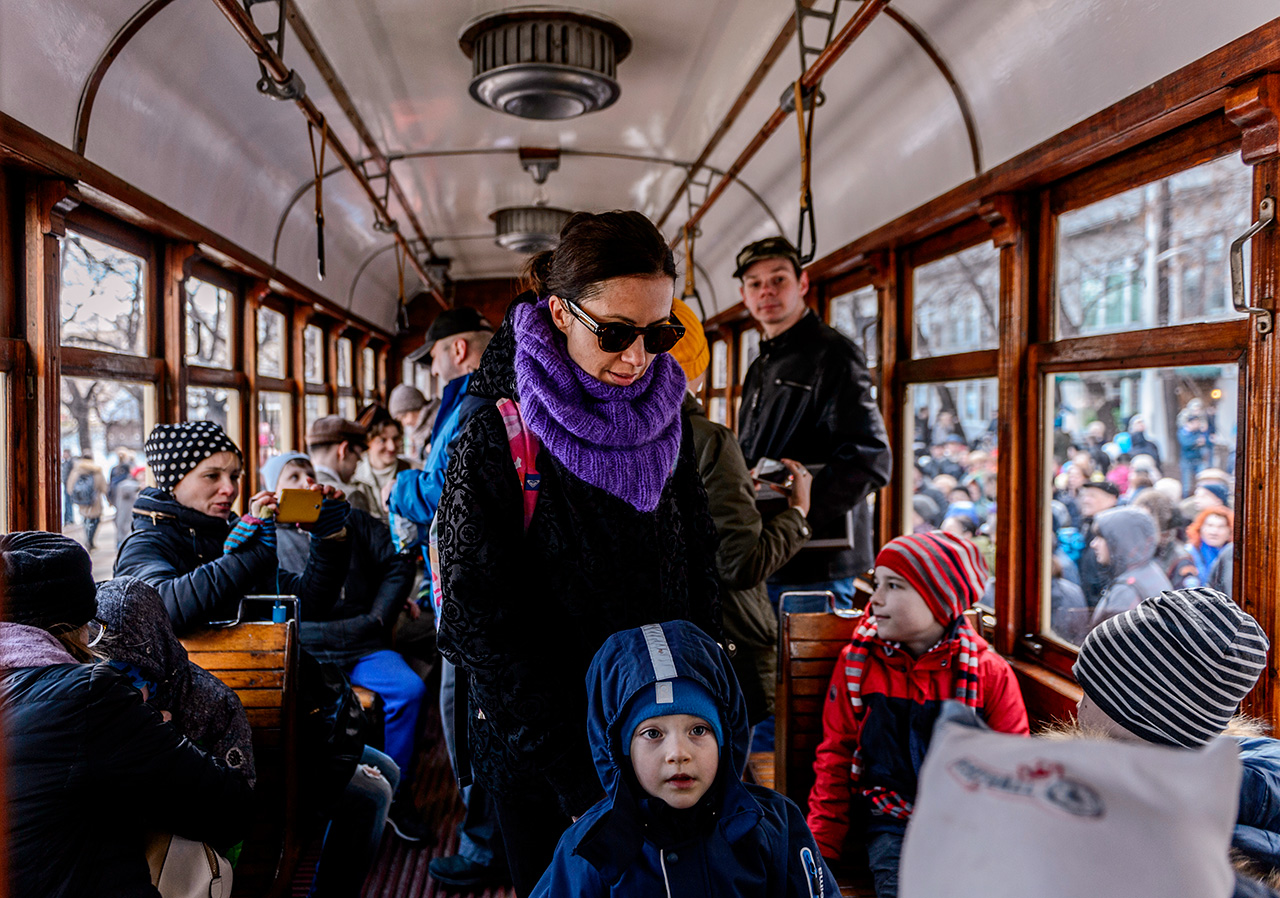
Riding the retro-trams turned passengers' clocks back to the last century.
Evgenya Novozhenina/RIA Novosti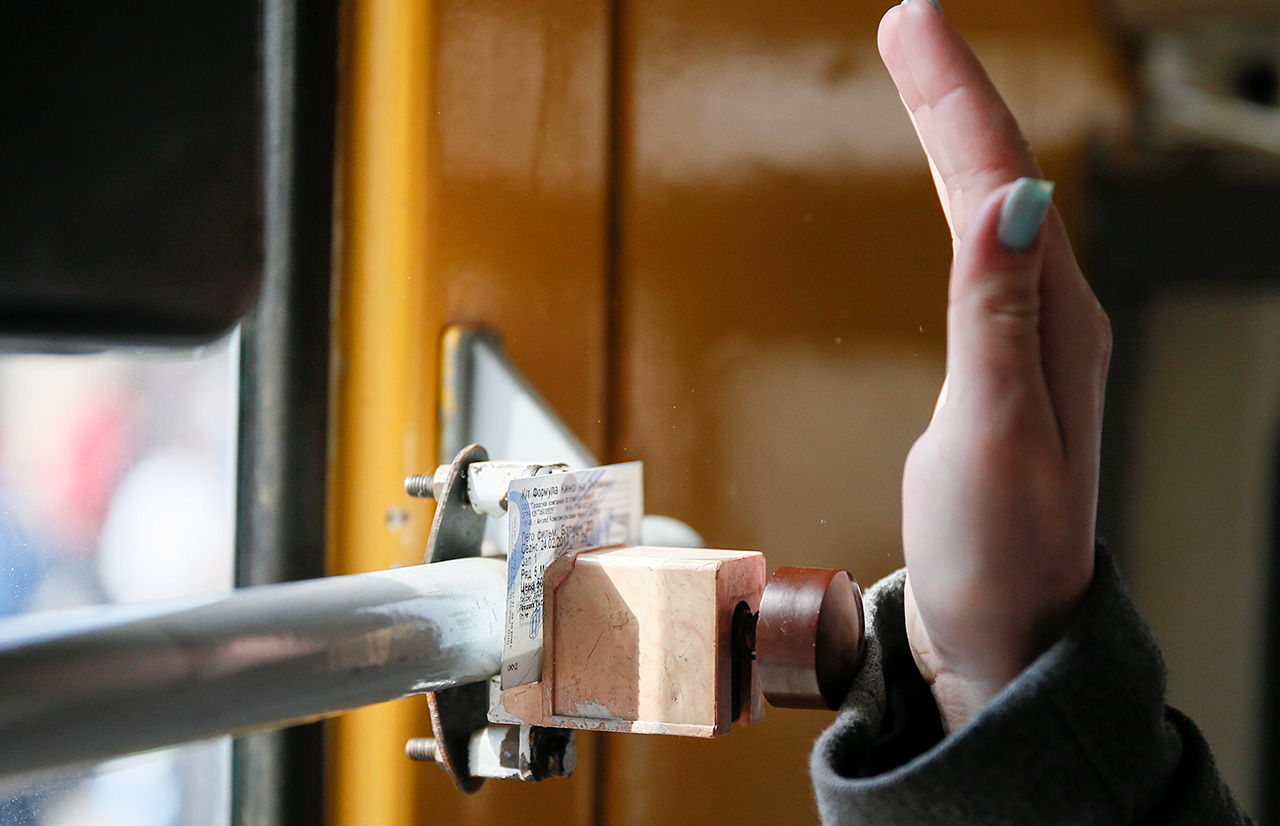
Although ticket punches were quite a recent novelty on trams, there was no shortage of people wanting to play with this mechanism.
Alexander Shcherbak/TASS
Young visitors were in for various treats, including the chance to make a cardboard model and even sit behind the wheel of a real tram.
Kirill Zykov/Moskva agency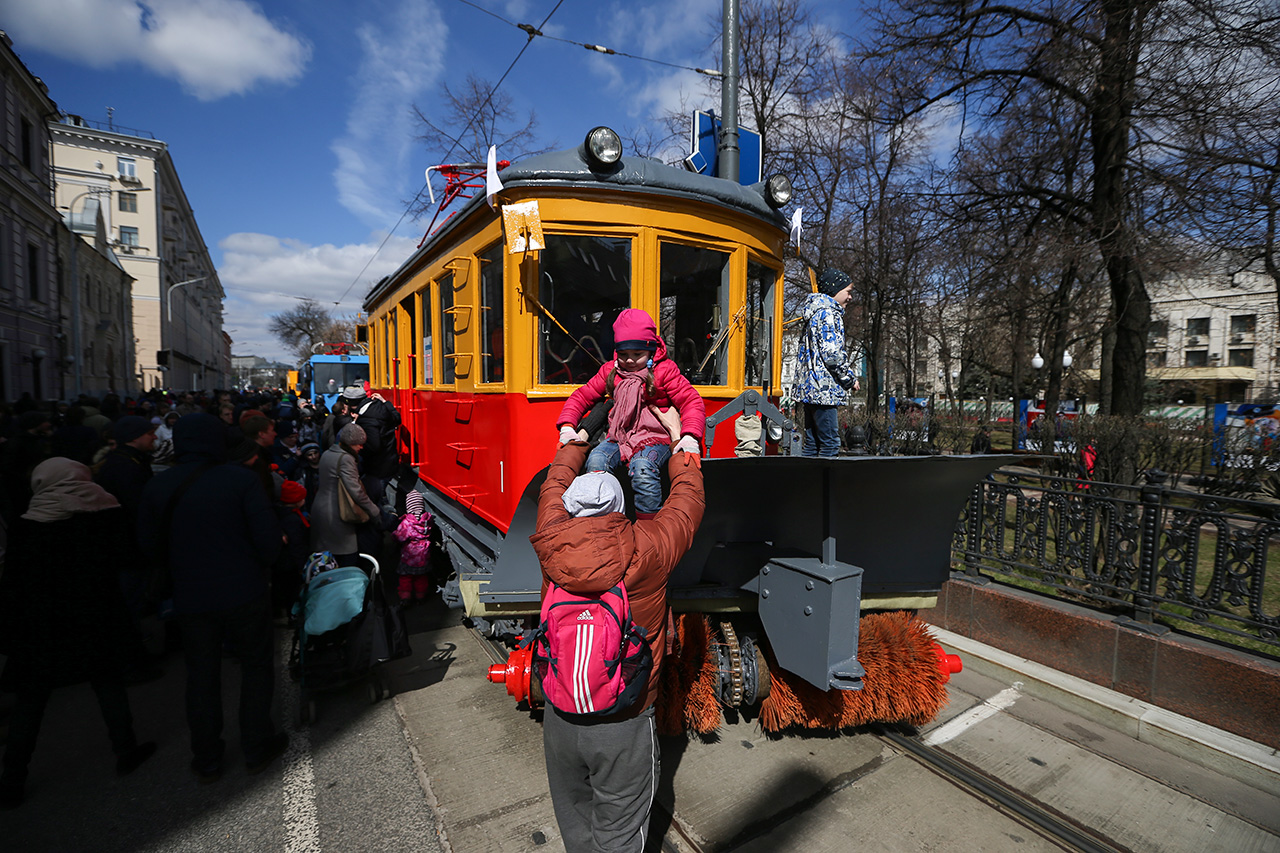
The tram parade was a hit with everyone, especially the kids.
Dmitry Serebryakov/TASS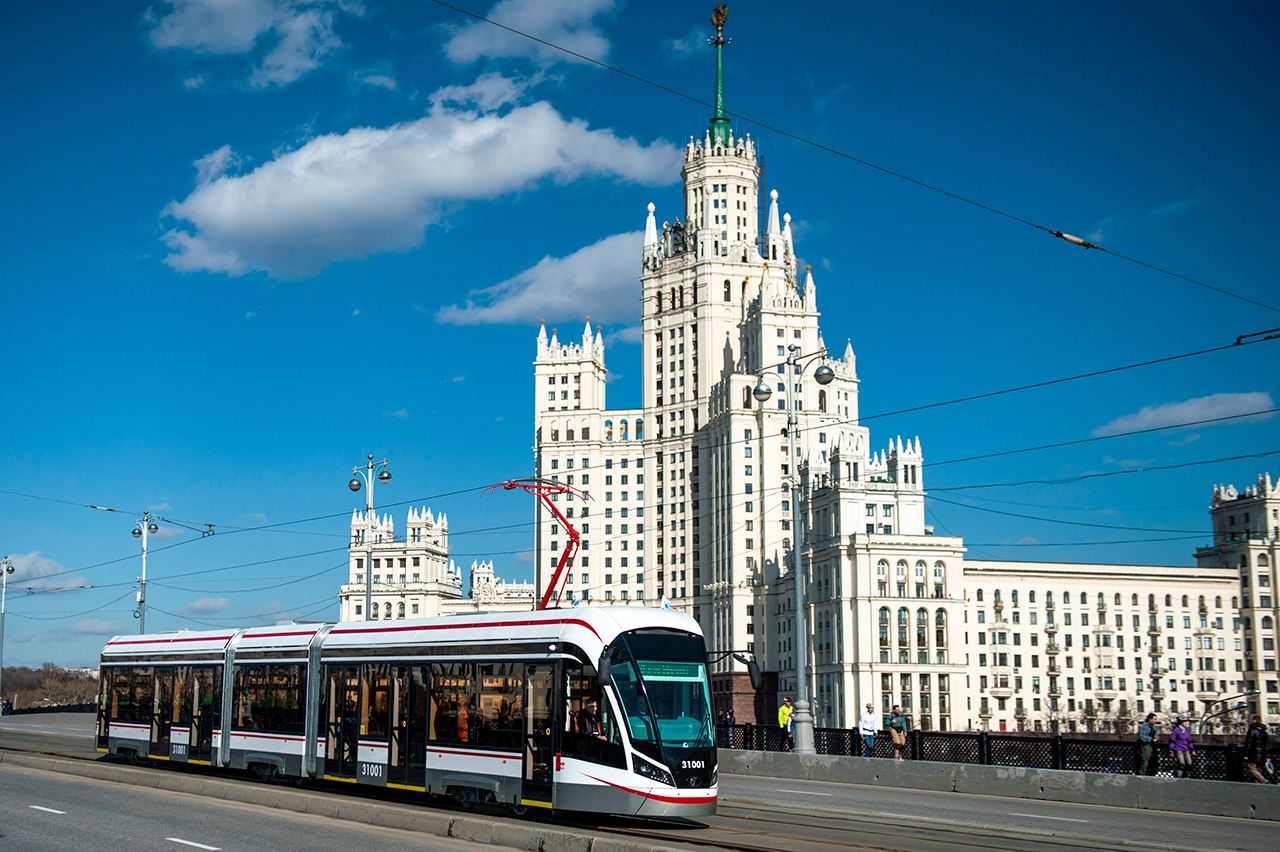
Alongside the rare exhibits, there were some brand new vehicles, among them the Vityaz-M—a low-floor tram that recently appeared on Moscow’s streets.
Evgenya Novozhenina/RIA Novosti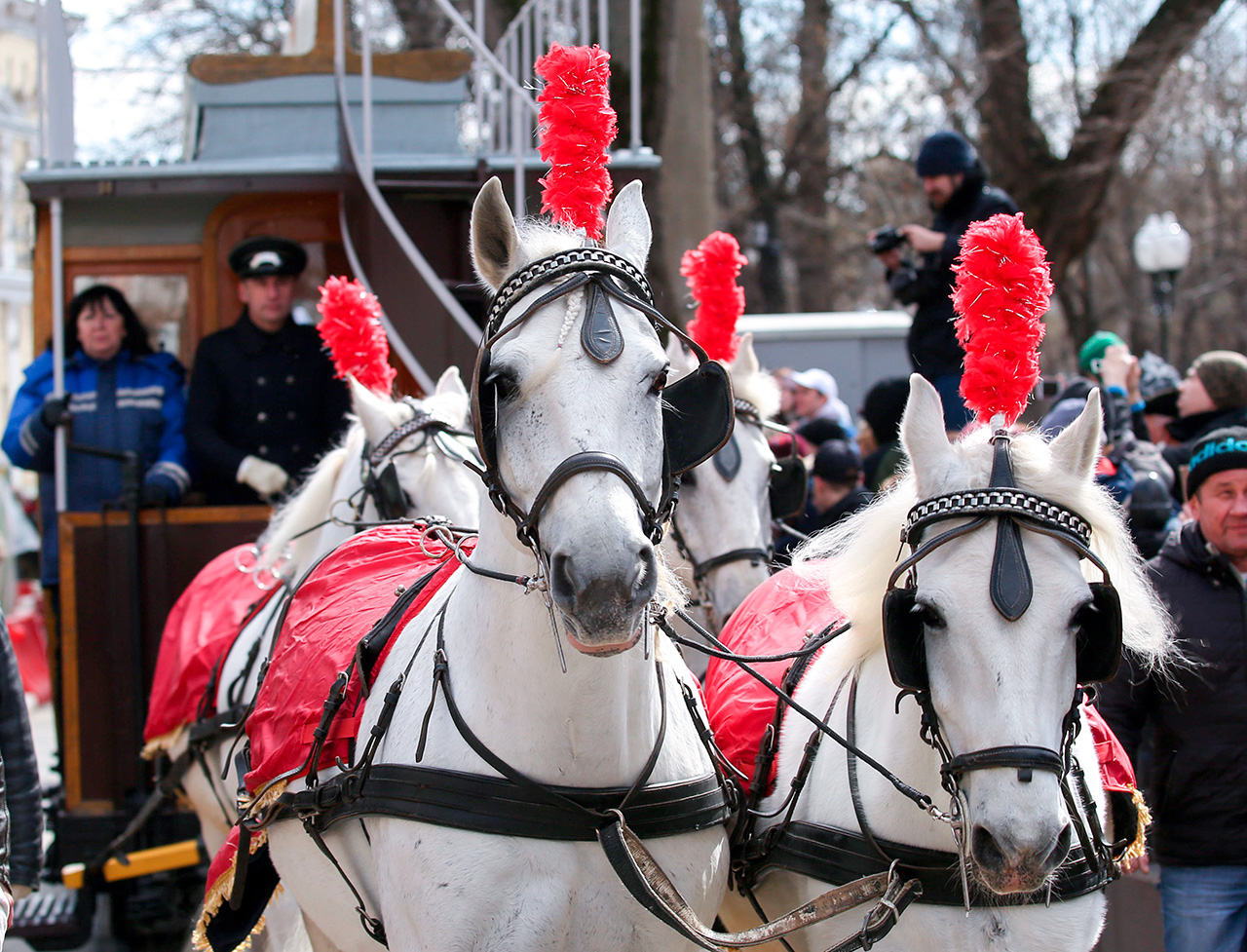
The history of Moscow public transport dates back to the horse-drawn carriage of the 19th century.
Kirill Zykov/Moskva agency
Visitors were also shown trams that are not normally accessible to daily commuters. They are technical support vehicles, including trams for servicing the overhead trolley system, cleaning the rails and carrying freight.
Evgenya Novozhenina/RIA Novosti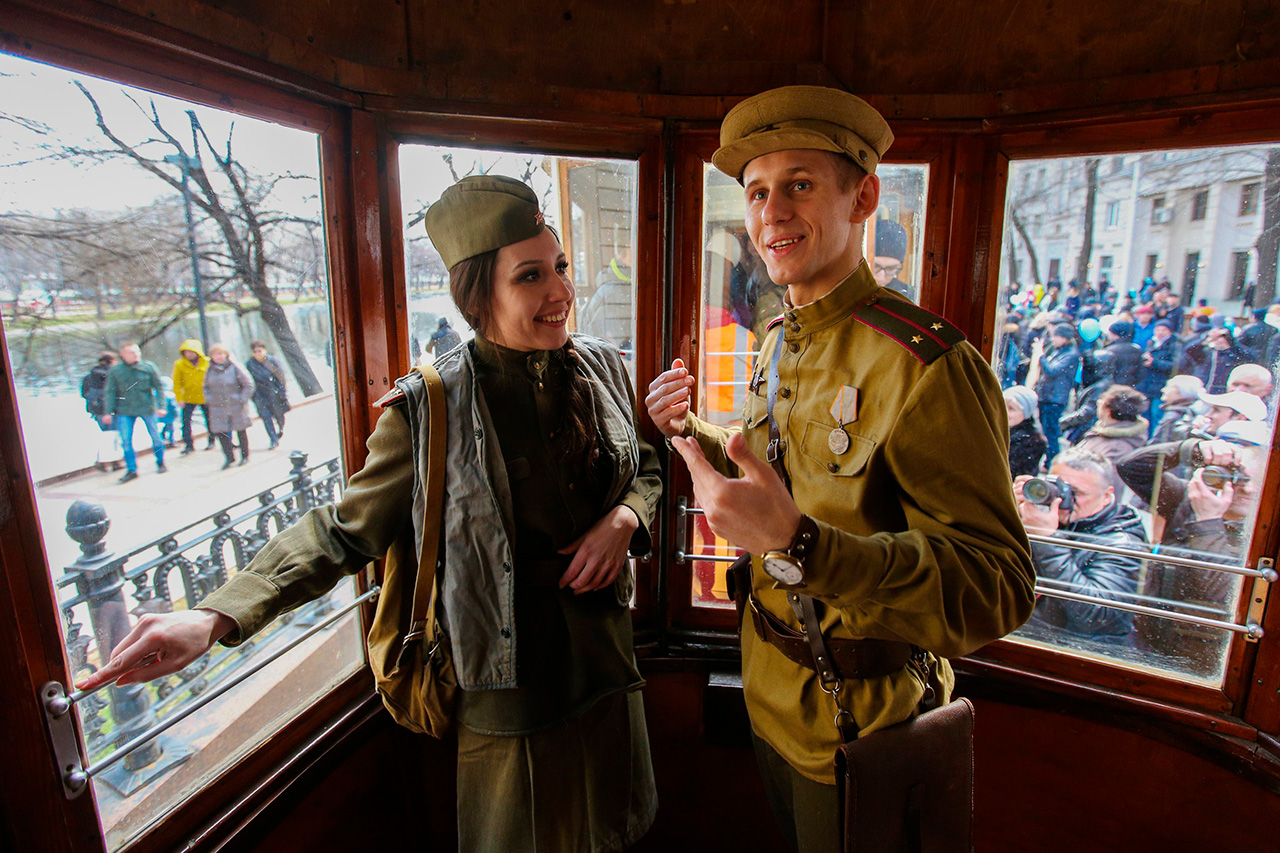
Actors in historical dress working aboard the retro-trams made things even more authentic. The photo depicts wartime uniforms.
Kirill Zykov/Moskva agency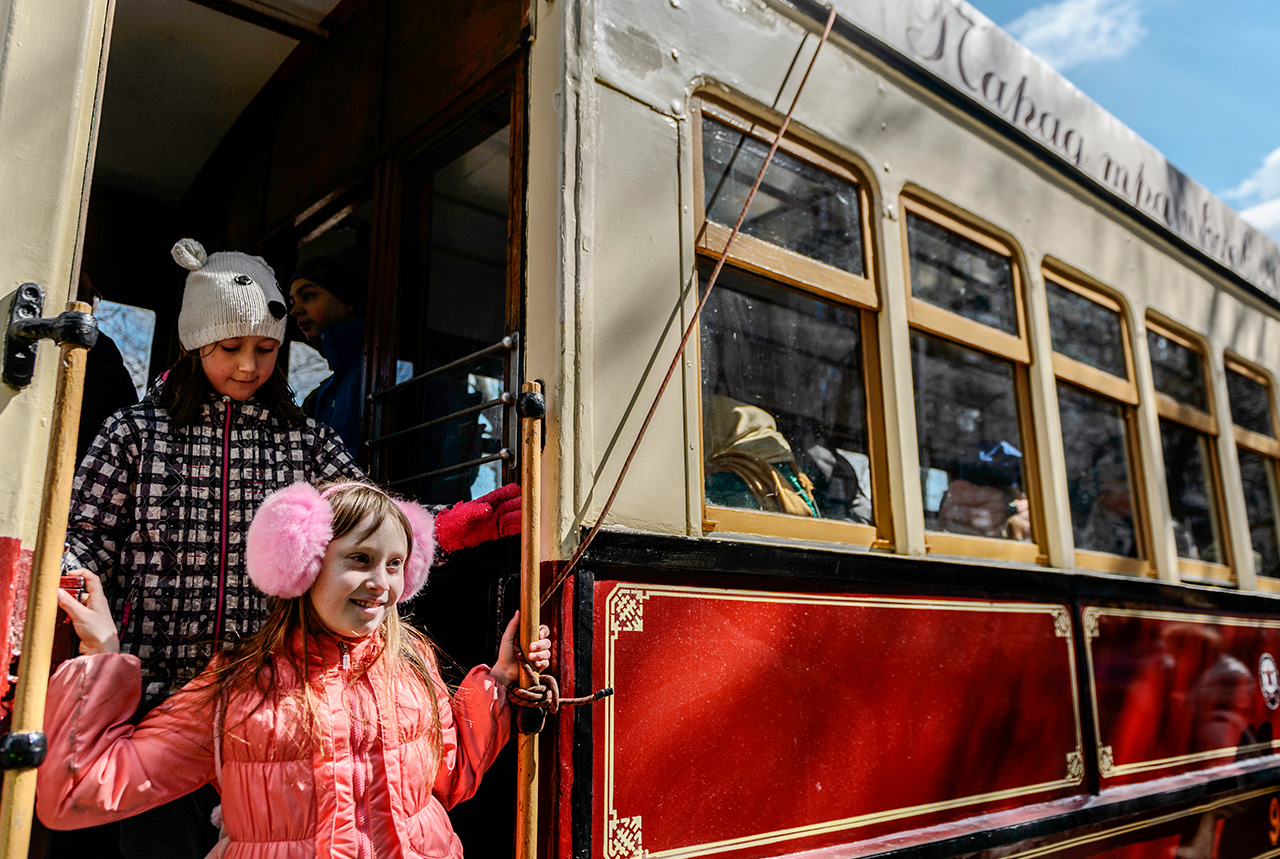
Children enjoy the vintage tram parade.
Evgenya Novozhenina/RIA Novosti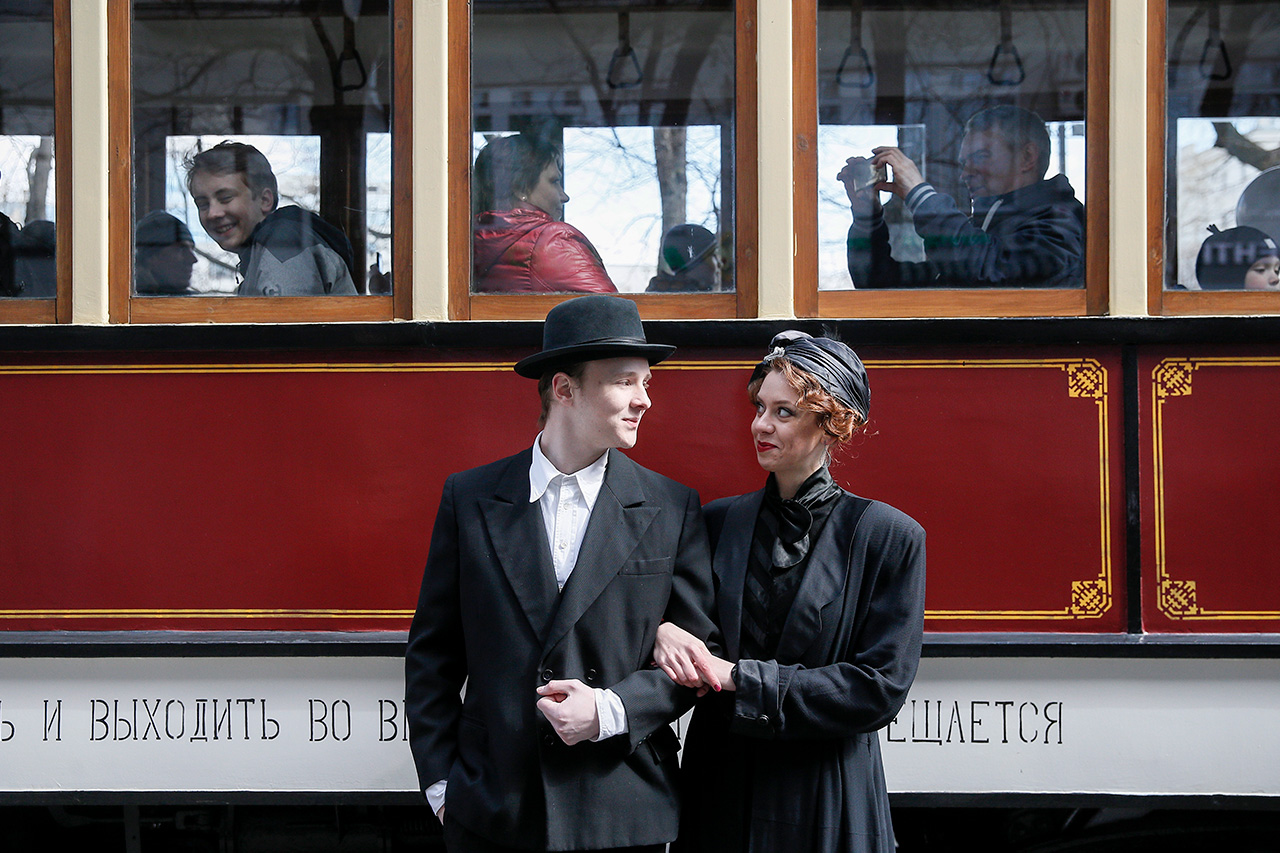
Some actors were dressed in pre-revolutionary outfits.
Alexander Shcherbak/TASS
Others played the role of Soviet pioneers.
Evgenya Novozhenina/RIA NovostiSubscribe
to our newsletter!
Get the week's best stories straight to your inbox